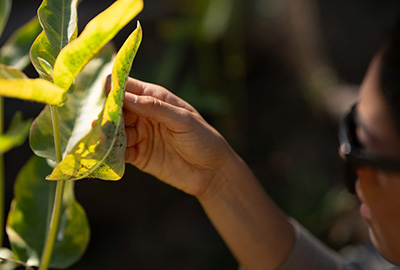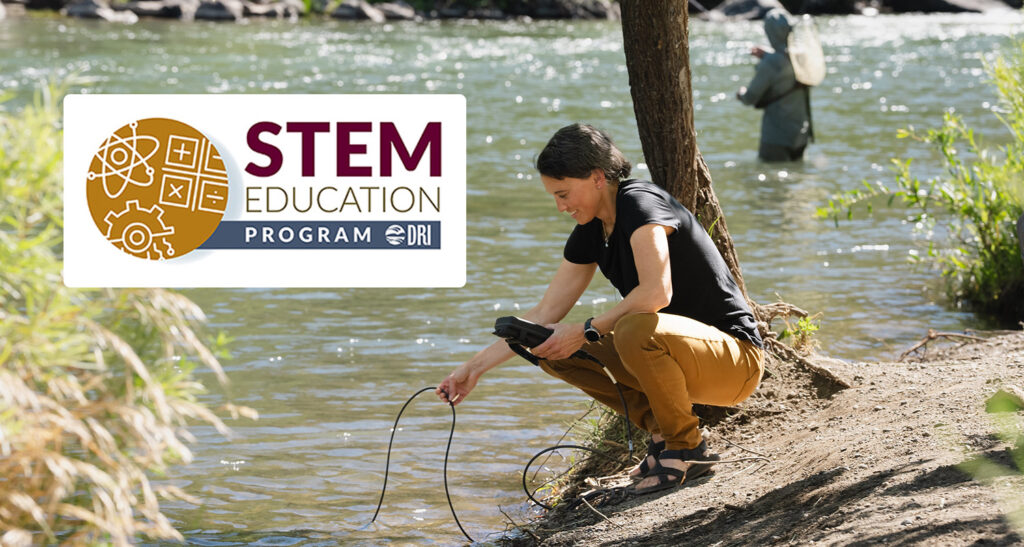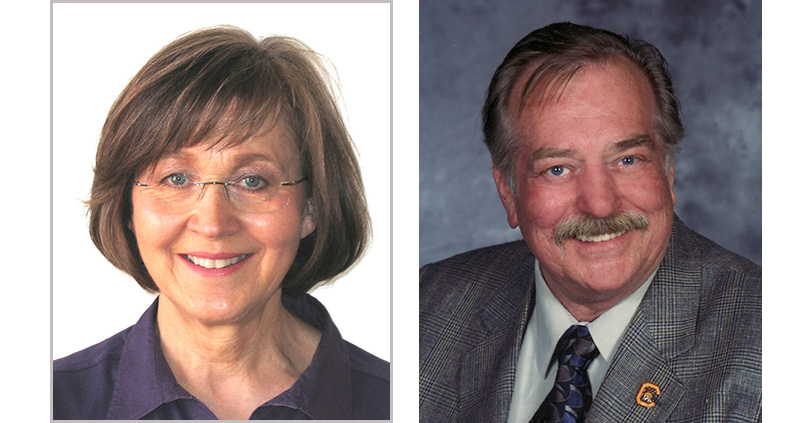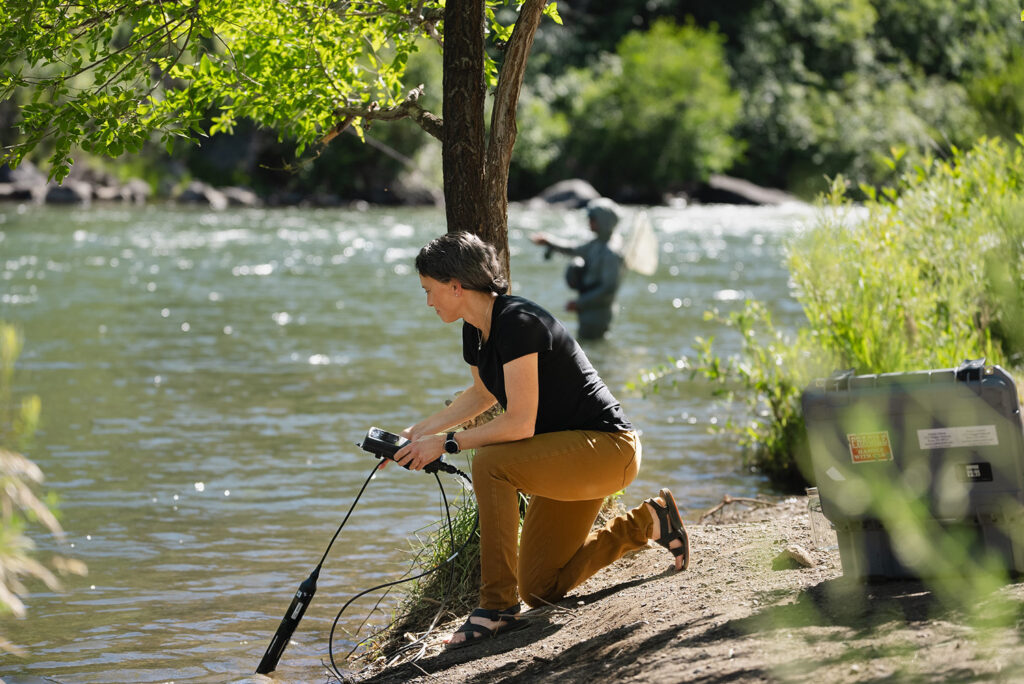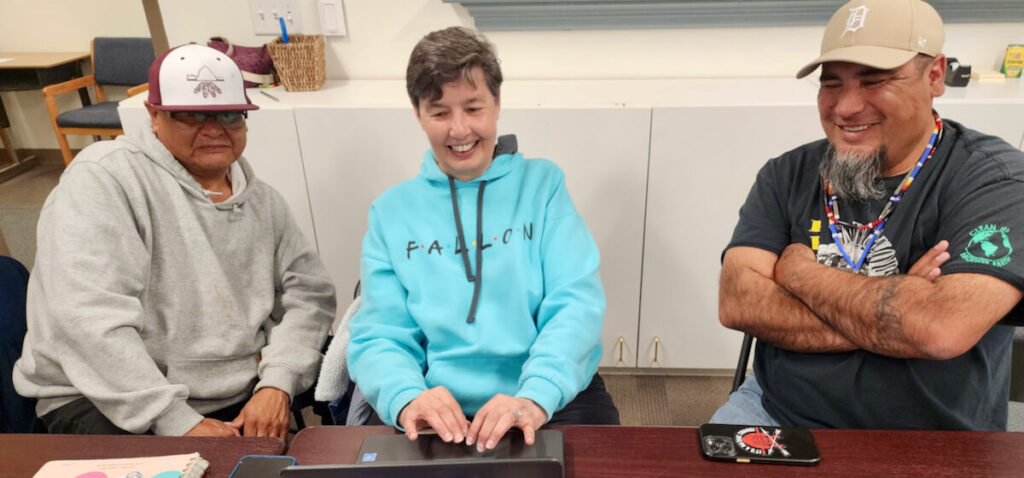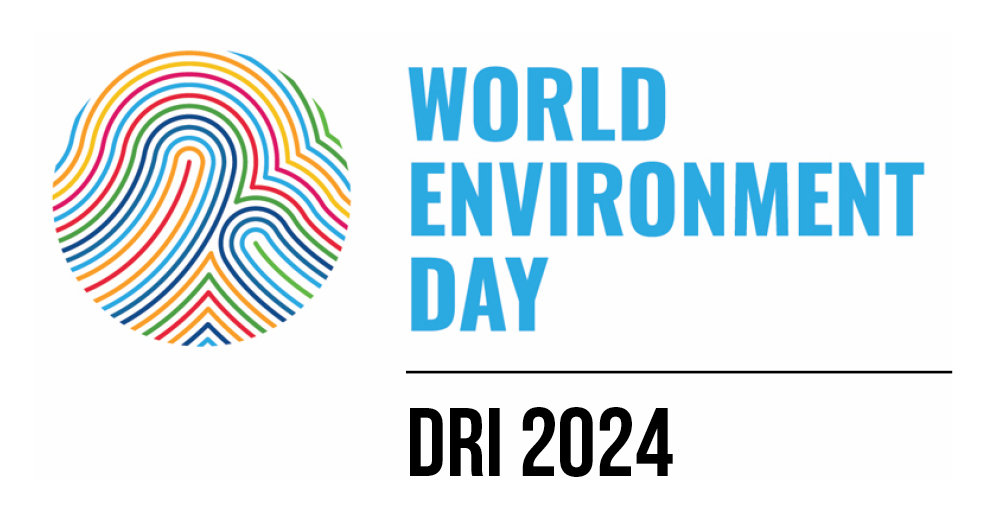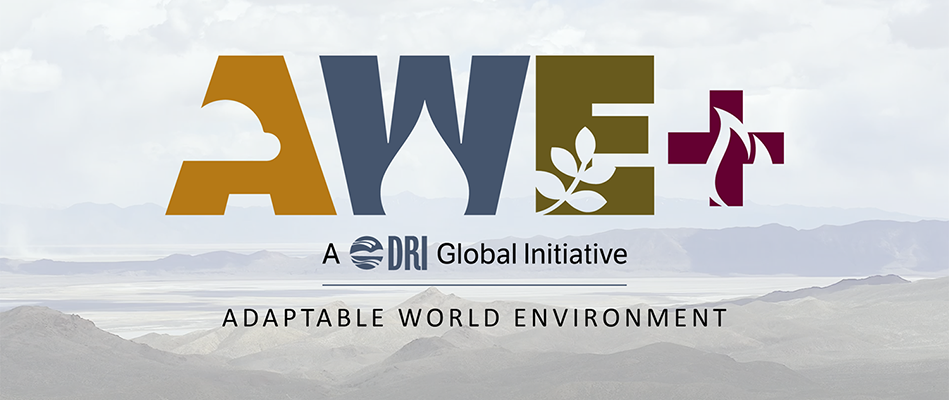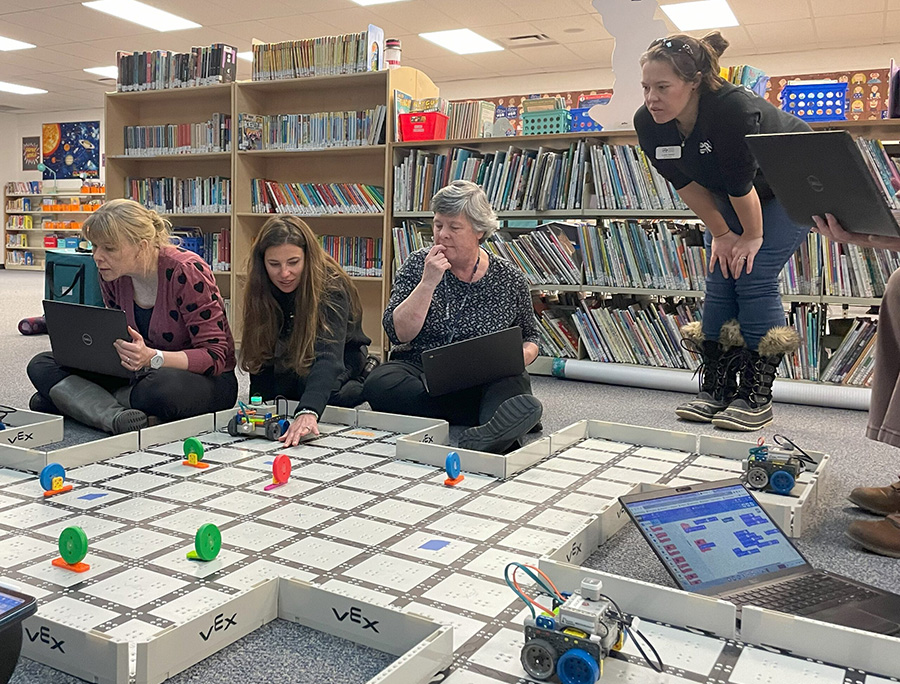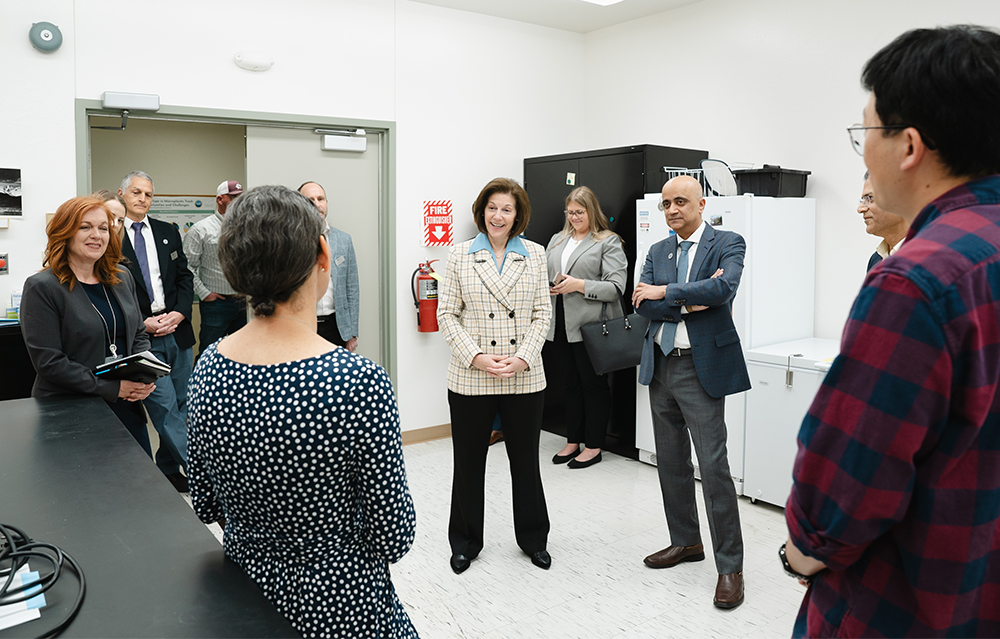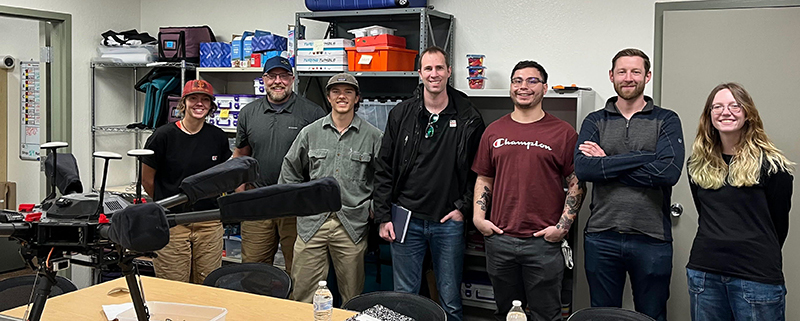Donors Fund Endowment that Transforms Big Ideas into Groundbreaking Environmental Solutions and Offer a Dollar-for-Dollar Match up to $2 million
Earlier this year, thanks to generous matching commitments from the Tom and Mary Gallagher Foundation and the Bretzlaff Foundation, DRI established the IRP Endowment, ensuring funding in perpetuity. To maximize the impact of the IRP Endowment, the Gallagher Foundation and Bretzlaff Foundation have made their commitments a dollar for dollar match up to $2 million with a goal of raising a $5 million endowment.

